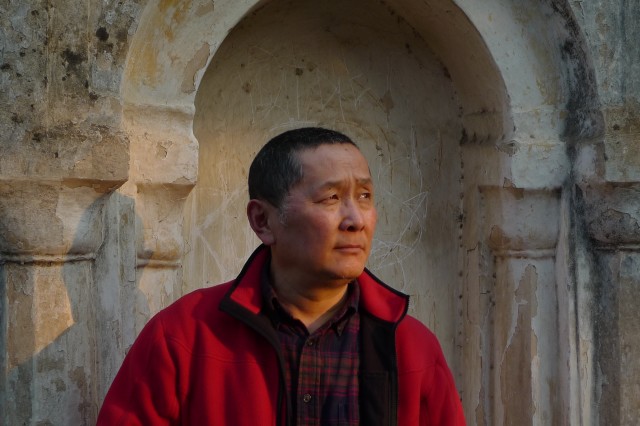Wang Chuan, born in 1953 in Chengdu, lives and works in Beijing.
Wang Chuan is a key figure in the Scar Painting movement. He began his early career as a successful realist painter and turned to abstract painting during the 1985 New Wave period. In the late 1990s, sudden illness brought Wang Chuan to a turning point that helped transform his practice. Painting became a personalized spiritual practice. The energy at work in his more recent work arises from contrasts of scale, density, line and surface. This introspective and self-reflective way of working has enabled Wang Chuan to achieve insights, especially through the contemplation of oriental philosophy, which cannot be obtained from art history alone.
The formal resources of his work are both rich and complex. There is the line as inherited from traditional Chinese art but transferred into oil on canvas; there is graffiti; doodling; drawing in paint; and there are elements of both abstraction and figuration. It is as if Wang Chuan is suspicious of the purity of abstraction and he is equally suspicious of the power of figuration.
With many solo exhibitions, not only in mainland China but also in the USA, Germany and Taiwan, Wang Chuan’s work has been the subject of discussion in many books by some of the most prominent scholars of Chinese painting, including Gao Minglu, Li Xianting, Wu Hung, Lv Peng and Pan Gongkai, as well as by Western critics such as Robert Morgan. His work can be found in many collections, including the British Museum, Minsheng Art Museum, the Art Museum of Hong Kong and the Long Museum in Shanghai.
